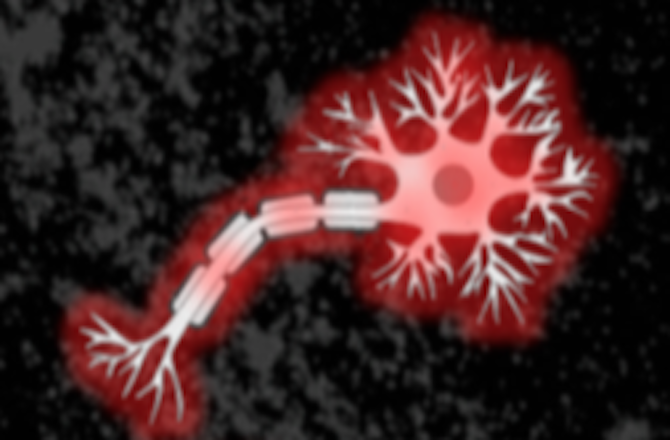WEB & MOBILE
Lorem ipsum dolor sit amet, dolor adipisicing dolor sit amet elit atis unde o
Numerous studies have shown a strong correlation between the number of neurofibrillary tangles (NFTs) of the tau protein and Alzheimer's disease (AD) progression, making the quantitative detection of tau very promising from a clinical point of view. A small-size focused library of new BODIPY probes has been designed by extending the conjugation of position 3 of the BODIPY core characteristic of a known selective fluorescent probe, TAU1, in order to gain new insights into the structure-activity relationship of this fancy class of fluorophores. The interaction between the aforementioned BODIPY series and the crystallographic structure of the hexapeptide fragment PHF6, present in the R3 region of the P-tau protein and responsible for the propensity of the protein itself to assemble into fibrils, has been studied by molecular docking. Among the most promising probes in terms of binding mode, theoretical affinity and polarity, BT1 has been selected as a model compound for the series and an efficient, versatile and cost-effective two-step synthetic strategy was developed. The probe has been tested in vitro onto human iPSC-derived NGN2-induced neuronal cell cultures after 30 days in culture. It has shown excellent photophysical properties and high selectivity for detecting NFTs on cell cultures of cortical neurons derived from human stem cells, allowing in vitro imaging of hyperphosphorylated tau protein filaments, with minimal background noise and confirming in silico studies. Our findings offer new insight into the structure-activity relationship of this class of tau selective fluorophores, paving the way for boosting tau tangle detection in patients, possibly through retinal spectral scans.
A small-size focused library of new BODIPY probes has been designed by extending the conjugation of position 3 of the BODIPY core characteristic of a known selective fluorescent probe, TAU1, in order to gain new insights into the structure-activity relationship of this fancy class of fluorophores. The interaction between the aforementioned BODIPY series and the crystallographic structure of the hexapeptide fragment PHF6, present in the R3 region of the P-tau protein and responsible for the propensity of the protein itself to assemble into fibrils, has been studied by molecular docking. Among the most promising probes in terms of binding mode, theoretical affinity and polarity, BT1 has been selected as a model compound for the series and an efficient, versatile and cost-effective two-step synthetic strategy was developed. The probe has been tested in vitro onto human iPSC-derived NGN2-induced neuronal cell cultures after 30 days in culture. It has shown excellent photophysical properties and high selectivity for detecting NFTs on cell cultures of cortical neurons derived from human stem cells, allowing in vitro imaging of hyperphosphorylated tau protein filaments, with minimal background noise and confirming in silico studies. Our findings offer new insight into the structure-activity relationship of this class of tau selective fluorophores, paving the way for boosting tau tangle detection in patients, possibly through retinal spectral scans.
(Scientifc Reports 2022, 12, 5257).